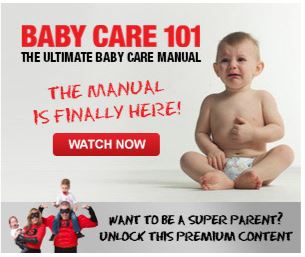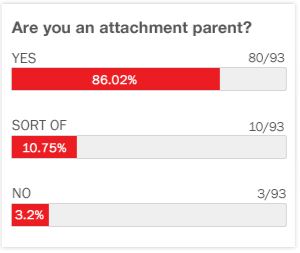Transcription:
I've described in my book an 8-step model to help teachers and parents get from a situation under which they feel a lot of stressed to a situation where they feel less stress, or de-stressed. And I call it the De-stress Model.
It's an acronym. The D in the De-stress Model stands for Define. And what I mean by that is that everybody involved in the child's life has to agree what's wrong with the child. If a child has a learning disability that's characterized by problems in auditory processing, everybody has to understand that, and they have to agree with that.
Once they agree with that, they can form a plan that responds to the problem that the child has. In too many cases, parents and the school are dealing with what I call dueling diagnoses. Somebody says, this is wrong with the child. Somebody else says, this is wrong with the child. And when parents and teachers get together, they sit there having debates about who's right and who's wrong.
It's really important if there's a difference about what the diagnosis or condition is for the people involve din the child's life to sit in a room and hash it out until they come to some agreement. Unless they do that, everything that follows is going to be filled with frustration and it wont' be very efficient. And they're taking a journey without a roadmap. You have to understand where it is you want to go. And everybody has to be on the same page about that. That's the D in the De-Stress Model.
The E in the De-Stress Model means to Education. And by that, I mean to educate the child about his or her condition. Until the child understands that she has a learning disability or ADHD and it's having this or that impact on learning, you don't engage the child in his own self-care. And that's a problem. Otherwise, it's adults doing things to kids, for kids, about kids.
I think we're missing the boat because we don't educate kids well enough. They don't advocate well for themselves. They don't get it. They just think there are a lot of adults hanging around them making them do stuff that's too hard for them. Once they get it, it's wonderful. It's a great thing to see.
The S in the De-Stress Model has to do with Speculate. And for me, that means, sitting down with the child and speculating with the child, what do you bring to this learning task that's going to help you be successful? A child might say, I don't know what you mean by that, and you can say, you know what? When you take things apart, you do a really good job at that. Or when you get in front of people and you do your comedy routine, you're really great at that. Those are all strengths. Those are assets you bring to this. On the other hand, what do you think is going to get in the way?
I talk about these as helpers and hurdles. What are the helpers that you bring to this that are going to make you successful? And what are the hurdles? What are things you're going to have to jump over? I mean, if we go for a hike in the woods, we say, do we have water? Do we have food? Do we have the right kind of shoes on? We don't start out learning experiences with kids saying what do you bring to this and what are you going to need? What's going to make it more likely that you're going to be successful?
I like to do what I call an asset profile. Once a kid does that, first of all she gets engaged in her own learning. And secondly, and most importantly, she's going to have a more successful journey if she can do that.
The T in the De-Stress Model means to Teach the child the skills that she needs to be successful. We've talked about looking at her strengths and her weaknesses. But unless she has tools she can use consistently and regularly that are going to allow her to be successful, she wont' be, it's random.
So if there's a particular method of reading instruction or math instruction or social skills interaction that you know from experience will be helpful for this child, teach her how to do those kinds of things. Let her rehearse those kinds of things in a safe environment. Don't put her on stage without any preparation. Otherwise she'll experience yet again another failure. We don't want to have that happen.
The R in the De-Stress Model means Reduce the threat. That means take the fear out of the environment for the child. If the child, for example, is intimidated by working in a large class filled with 26 or 30 kids, provide some time for small group instruction. However if a child is stressed by being in a small group because all the attention is focused on him, then think about that when you create the space in which learning is supposed to occur.
The E in the De-Stress Model means Exercise. And science has known for a long time that good sustained exercise helps the brain be more efficient. Helps us learn better. So when little kids have exercise and physical activity built into their day their brains are more efficient.
S means success. And success means once you build a foundation for success by reducing stress and building confidence and building competence, success builds upon success. That's an important part of the model.
The final S in the De-Stress Model has to do with strategizing, thinking ahead. You're saying to the child, now that you know these things, you know what's going on in the brain, you know the impact of stress on your learning, you've been taught strategies to work on these things, take what you've learned here and try to apply that to the very next thing that you're going to be asked to do. You can do it. And you know you can do it.
And I hope that this De-Stress Model helps kids get to that point of success.




 GET ACCESS TO ALL PREMIUM CONTENT WITH NO ADS FOR $4.99/MONTH
GET ACCESS TO ALL PREMIUM CONTENT WITH NO ADS FOR $4.99/MONTH




Login or Register to view and post comments